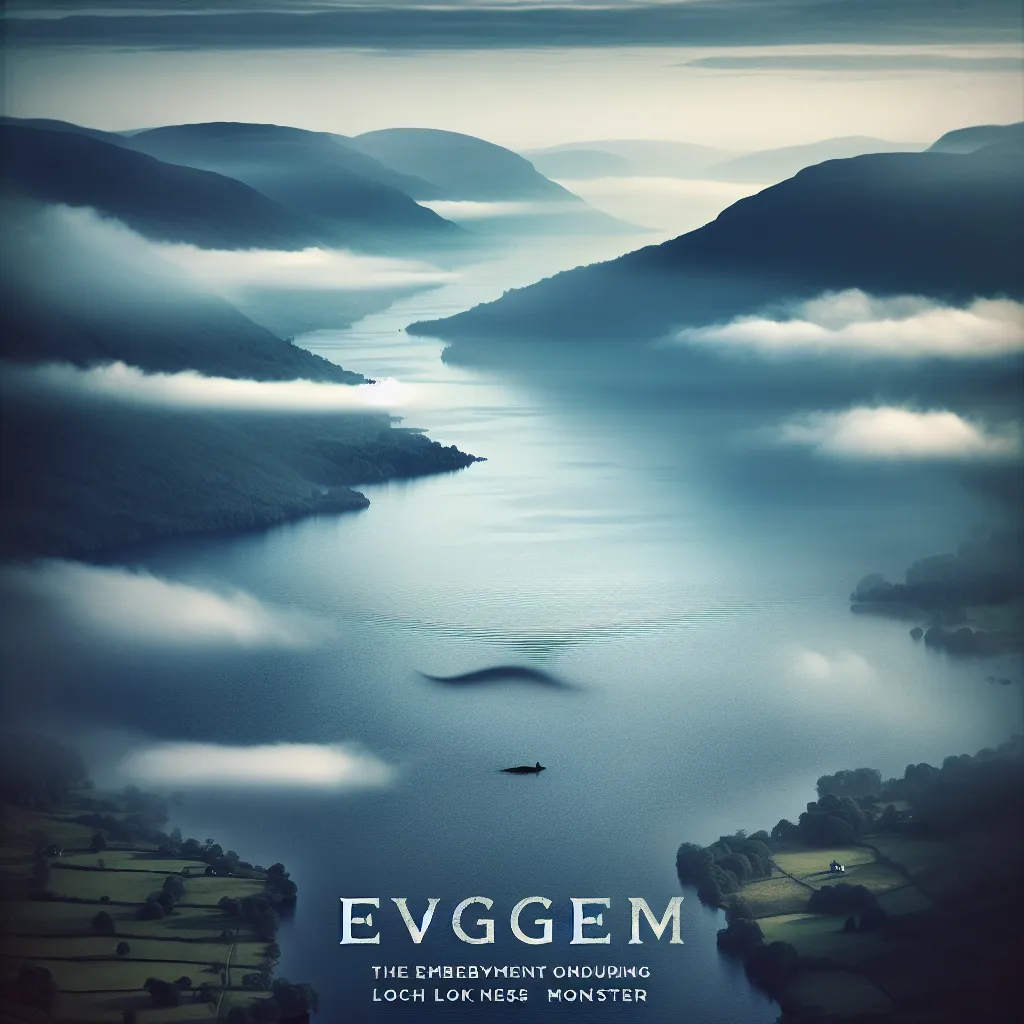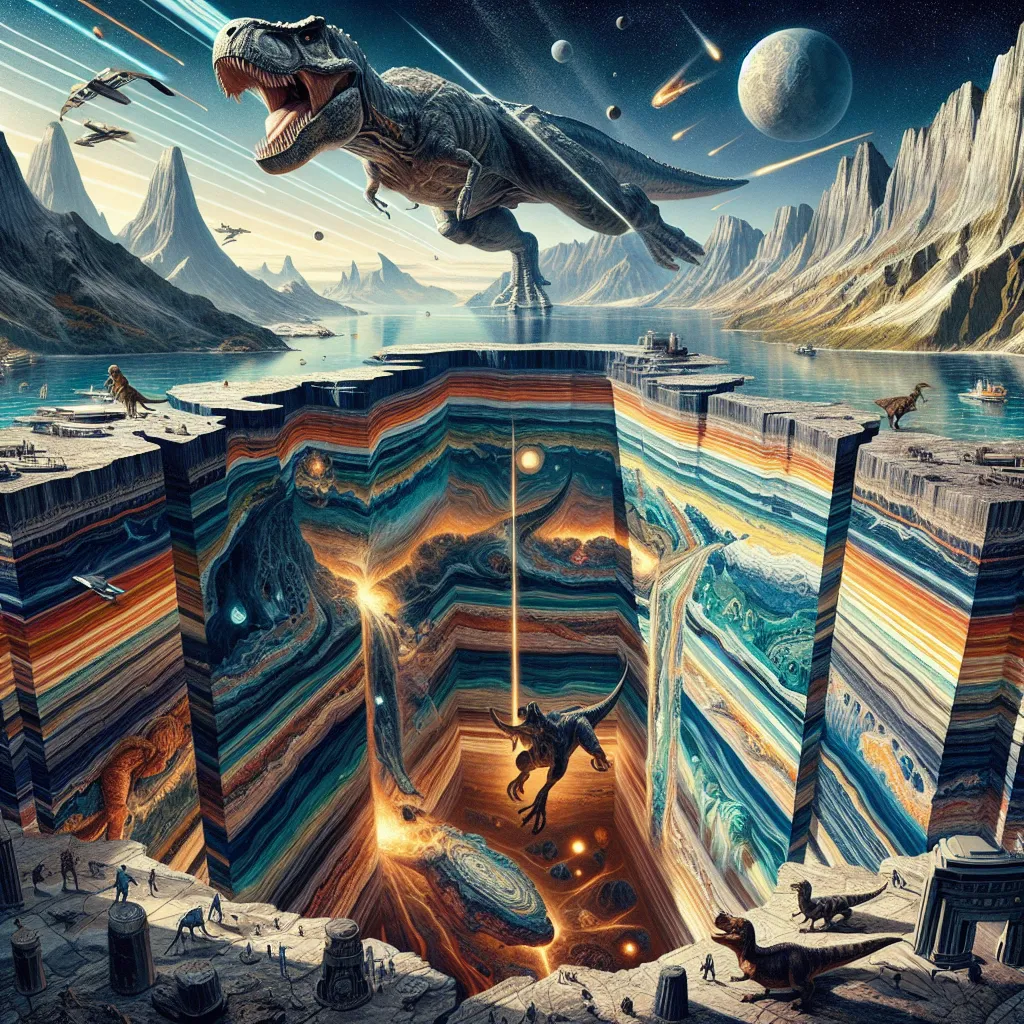Imagine a ship traveling through the infinite void of deep space, generation after generation living onboard in one of the most hostile environments imaginable. There’s no air, no gravity, and trillions of miles of nothingness stretching out before us. The journey to our new home among the stars begins, but survival becomes a pressing question.
As soon as we leave Earth, we encounter our first major hurdle—losing gravity. Back home, gravity is a constant force, shaping our bodies and movements. It requires strong bones to stay upright and powerful muscles to move around. Even our sense of direction depends on it. But in space, we hit zero gravity, floating effortlessly. It feels like freedom, but our strength quickly fades.
Without gravity, life in space seems deceptively easy. Suddenly, we can lift heavy instruments and perform amazing feats, but this new strength is an illusion. Our muscles begin to atrophy, wasting away with alarming speed. In 1983, Dr. Norm Thagard experienced this firsthand aboard the US Space Shuttle. His muscles shrank; he lost about 20% of the muscle mass in his calves and 10% from his thighs. Even his heart, being a muscle, grew weaker.
Gravity is essential for maintaining our muscles and bones. Without it, bones stop growing. On Earth, every step we take triggers bone growth, but in space, that trigger is missing. NASA’s immobilization experiments in 2005, where volunteers stayed in bed for three months, showed similar effects. Without the physical stress of movement, their bones rapidly lost density.
For a real-time simulation, volunteers were raised with their feet higher than their heads, mimicking the effects of zero gravity. Blood rushed to their heads, making them uncomfortable. Simple tasks like sleeping and brushing hair became difficult. It was the closest they could get to space travel without leaving Earth.
However, these conditions were temporary. Consider the longer-term impact. Some Russian astronauts spent a year in space and returned so weakened they couldn’t stand. Imagine how challenging it would be to survive if entire generations lived in such conditions. One year into our space journey, a typical astronaut might lose 15% of bone density in his legs. Two years in, a fall could easily result in a fracture. By the time we reach Saturn, even a friendly pat on the back might crush his spine.
With hundreds of years left in our journey, bringing gravity with us isn’t just a good idea—it’s essential. The challenge of creating artificial gravity could be the key to ensuring humanity’s survival on this epic voyage.






